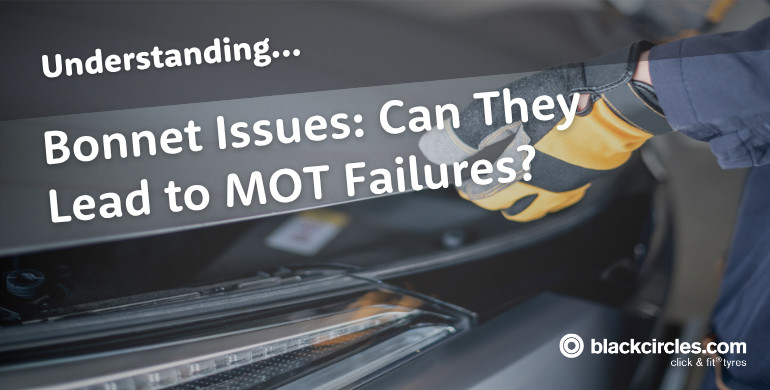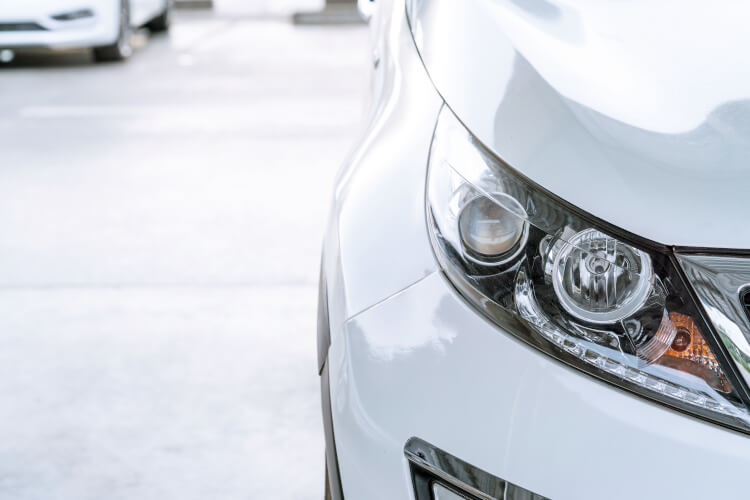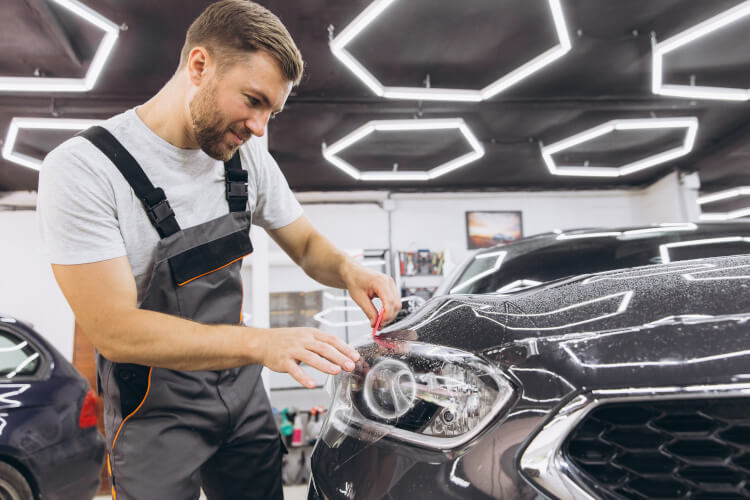Join the conversation
We love to hear from our customers. Connect with us today and let’s start a conversation.
...searching

Bonnet problems might seem like a minor inconvenience, but when it comes to the MOT test, they’re more important than most drivers realise.
If your bonnet doesn’t close securely, or the retaining mechanisms are deteriorated or ineffective, it could cause your car to fail its
MOT.
In this guide, we’ll explore what counts as a bonnet defect, how MOT testers assess it, and what you can do to avoid a bonnet-related failure on test day.
The bonnet (or hood) of your car protects the engine and other critical components – but it also plays a role in safety and driver visibility.
If a bonnet were to fly open while driving, it could block your view of the road entirely – creating a major hazard not only for you, but for other road users too.
That’s why bonnet catches and retaining devices are checked under the
“Visibility” section (Section 3) of the MOT inspection manual.
If the bonnet can’t be securely closed, or is likely to open on its own, it’s considered a serious safety defect.

MOT testers assess the primary bonnet catch only – this is the main device that keeps the bonnet fully shut.
Secondary safety catches (the ones that stop the bonnet flying fully open) are not part of the official test, but a defective one may still be noted as an advisory.
Here’s what testers will check – and how each issue is categorised:
Result: Major defect & MOT fail
If the bonnet doesn’t shut properly or the catch doesn’t engage fully, it will result in an immediate fail. Testers will check this by closing the bonnet and lifting it slightly from the front to see if it stays firmly shut.
Result: Dangerous defect & MOT fail
This is the most severe case. If the bonnet is judged to be on the verge of flying open while the car is in motion, the defect is classed as dangerous – and the vehicle cannot be driven away until repaired.
Result: Major defect & MOT fail
Rust, broken components, or excessive wear to the latch or slam panel fittings can make the retaining device ineffective. Even if the bonnet seems to stay shut, if the components are clearly failing, the tester will reject it.
Result: Test refused or abandoned
If the tester cannot open the bonnet at all, they may refuse to conduct the MOT. That’s because they need access to under-bonnet components such as fluid levels, brake mechanisms, or emissions systems. If access is blocked, the test cannot proceed.

Some older vehicles use alternative bonnet securing systems – such as leather straps or ‘R’ pins – especially on classic cars or racing models. The rules still apply, but the checks will vary depending on the design.
In these cases, testers are instructed to assess the retaining mechanism based on its ability to securely hold the bonnet shut, even if it doesn’t use modern latches. If the system is secure and effective, it should pass. If not, it may still be marked as a major or dangerous defect.
No – secondary bonnet catches are not part of the MOT inspection. These are the backup devices that engage if the primary catch fails.
That said, if the secondary catch is clearly damaged or non-functional, the tester may advise the vehicle owner to get it fixed.
While it won’t trigger a fail on its own, it's still an important safety feature.
You don’t need special tools or skills to spot most bonnet issues. Before test day, try the following:
In many cases, a quick adjustment or low-cost part replacement is all that’s needed to avoid a fail.
Bonnet issues may seem cosmetic – but if the main catch fails or the bonnet can’t be secured, your car could receive a major or even dangerous
MOT defect.
MOT testers follow strict guidance when inspecting primary retaining devices. If your bonnet is insecure, severely worn, or impossible to open for further checks, your vehicle won’t pass the test.
Thankfully, bonnet problems are usually easy to spot and fix in advance. Give it a quick check before MOT day – and if in doubt, ask your garage to inspect the latch mechanism.
Need your MOT soon?
Book online at Blackcircles.com – with access to
trusted garages, upfront pricing, and convenient local appointments that work around your schedule.

We love to hear from our customers. Connect with us today and let’s start a conversation.